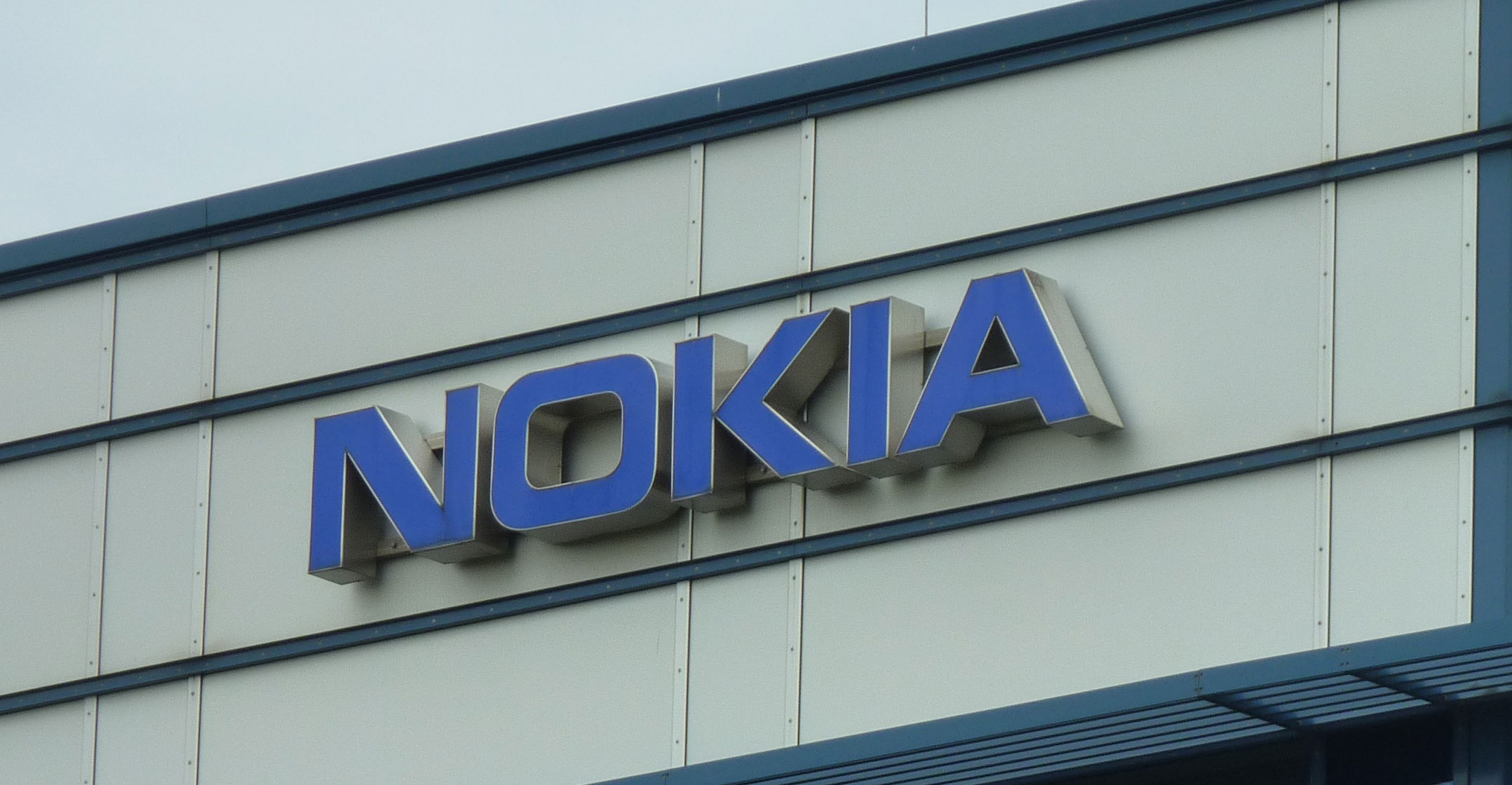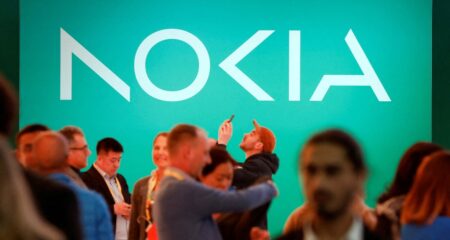 Nokia is leading a group of companies and universities in a European Union funded wireless project called Hexa-X to help jump-start a new generation of mobile technology that’s already being called 6G.
Nokia is leading a group of companies and universities in a European Union funded wireless project called Hexa-X to help jump-start a new generation of mobile technology that’s already being called 6G.
The group includes wireless gearmaking-peer Ericsson, mobile carriers Orange and Telefonica, and technology companies including Intel and Siemens. They’re joined by the University of Oulu and the University of Pisa, according to the membership list.
While 5G network deployment is still in its infancy, with 100 wireless carriers worldwide offering the service in limited areas, the preparation for 6G development is getting started in several regions around the world.
In addition to Nokia-led Hexa-X in Europe, there’s Next G Alliance and O-RAN Alliance in the US. The Chinese government is also funding a 6G development group.
6G technology is expected to use super high-frequency terahertz airwaves and deliver advanced connectivity, which could even link up to technology in the human body and brain — as well as real-time holographic imaging — starting in 2030.
Three objectives
Nokia’s Devaki Chandramouli is the head of North American Standardization and is one of the engineers leading the Hexa-X group. She says she wants to establish three objectives initially.
“The main goal will be to develop the vision, the road map and the timeline,” she said. “Then put together a timeline for the technology direction. And the third point is to facilitate the interaction with US government agencies to fund the research and also provide the input for the technology development.” — Reported by Scott Moritz, (c) 2020 Bloomberg LP




